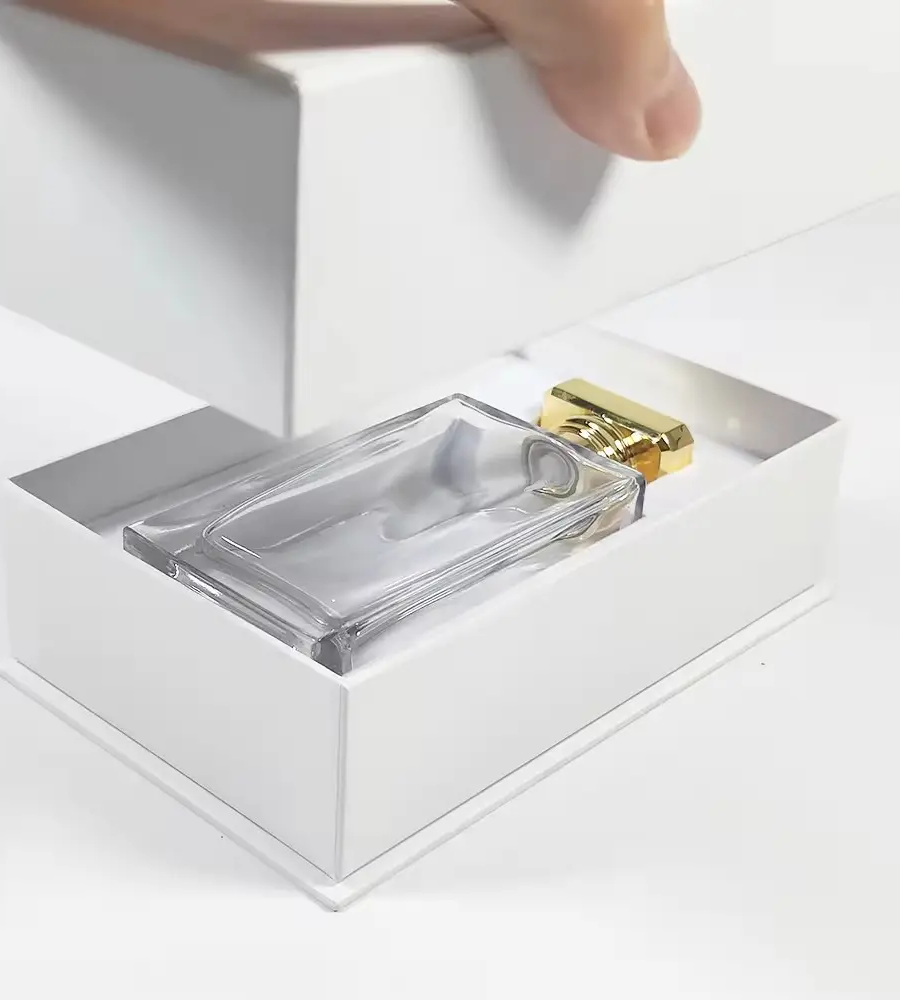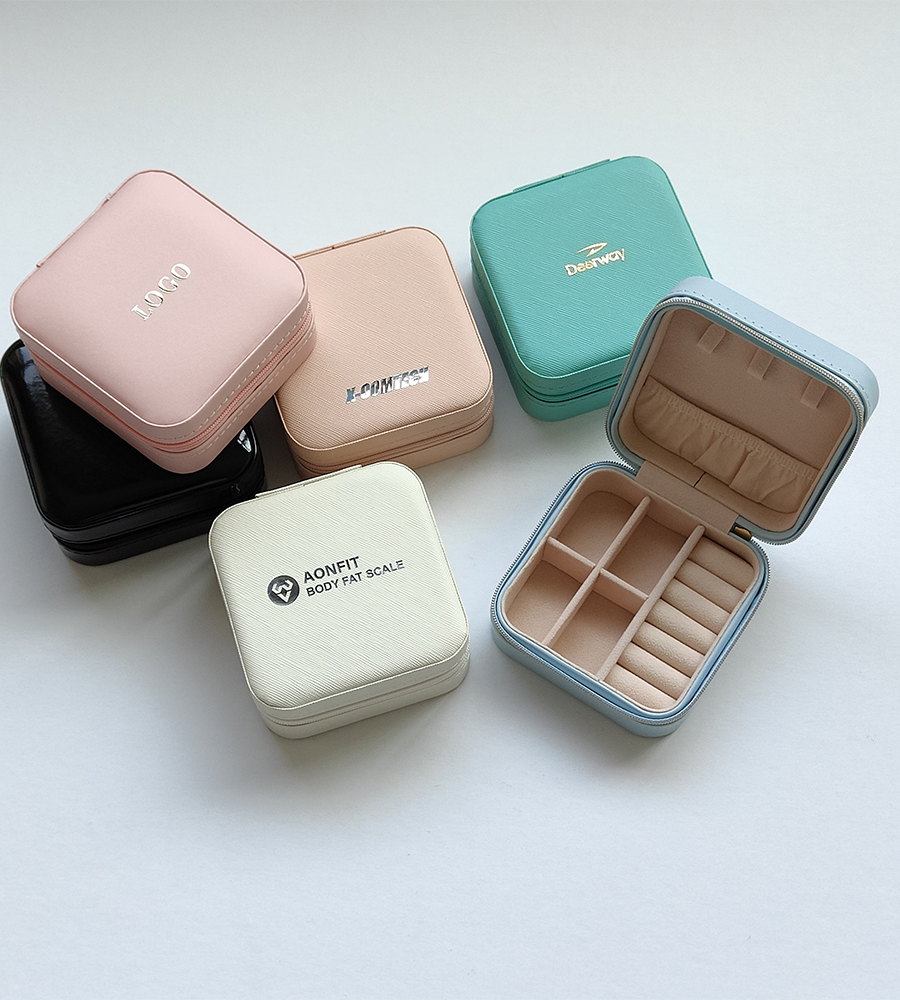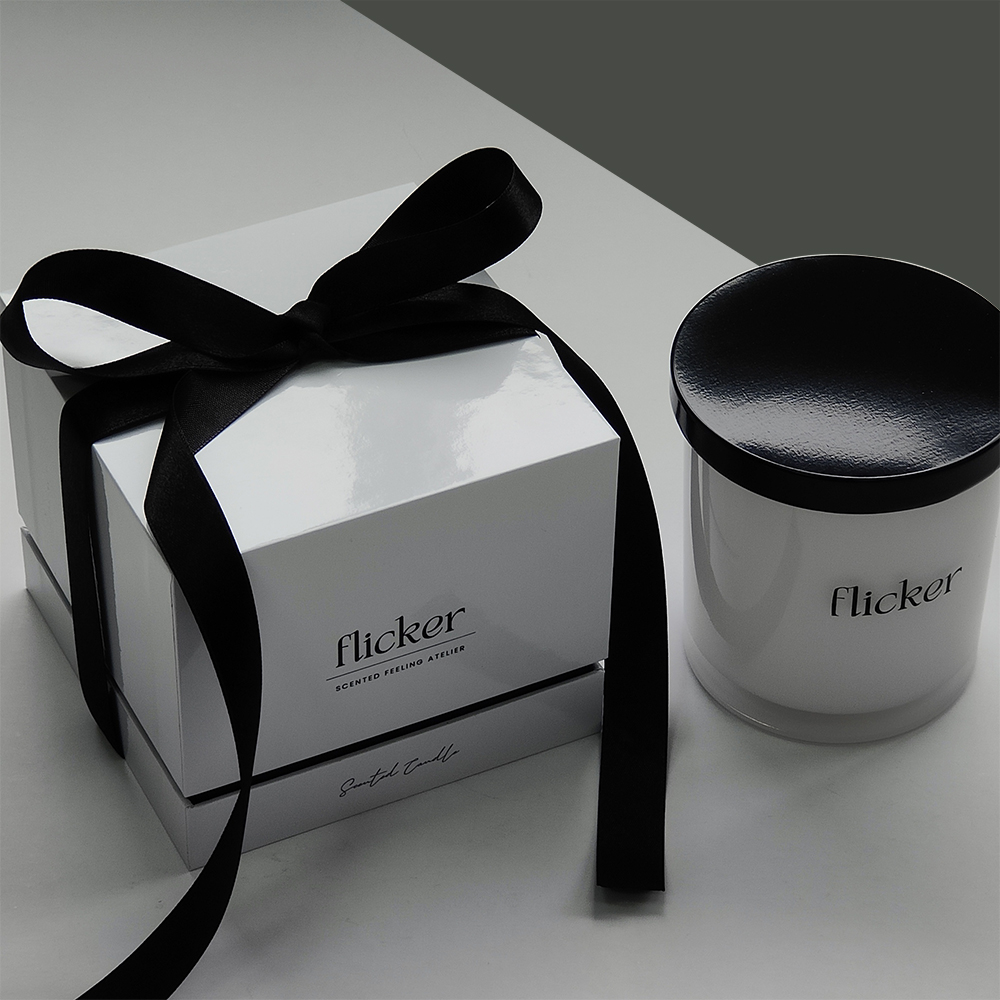
Feel the enchantment of sharing with the CHANG FA “Joyful Surprises” Gift Box, an elegant and thoughtful celebration. This gift box is made delicately and thoughtfully so that it can be a joy to receive on any occasion.
The availability of different sizes and colors makes the CHANG FA “Joyful Surprises” Gift Box customizable according to one’s unique requirements or preferences. Our multipurpose boxes give you the perfect packaging solution whether it’s just a small token of gratitude or even if you’re giving away something very expensive.
When you use your own logo and personalized message printed on them, each CHANG FA “Joyful Surprises” Gift Boxes become a reflection of your brand or heartfelt thought. We make sure every detail is perfect through our advanced printing and finishing techniques.
Every moment should be remembered forever which is why we created CHANG FA “Joyful Surprises” Gift Boxes! Birthdays, anniversaries, holidays… no matter what kind of celebration it is – there will always be some excitement added thanks to our beautiful packages.

Make every present a cherished memento with Chang Fa’s Gift Box, an ageless treasure that will be loved by the receiver long after the event is over. Its strong build and smooth surface make it the perfect container for keeping memories, pictures and other things of emotional value. This box can serve as either a jewelry box, memory box or decorative piece; thus becoming a representation of love, friendship and special shared moments. The gift of memories never ends when you have Chang Fa’s Gift Boxes.

To elevate the art of gift-giving, Chang Fa’s Gift Box was created to further elegance and sophistication in your presents. Right from its first appearance, this box has been done up with an eye on detail and deep precision, indicating it is a luxury item. The exterior display of the gift is just a hint of what lies inside; it prepares one for a remarkable unboxing moment that pleases recipients and leaves behind indelible memories. Through Chang Fa’s Gift Box, each gift becomes special moments of joy and celebration.

Beyond traditional gift giving, there is a multi-purpose packaging solution called Chang Fa Gift Box that offers versatility in use. It could be used for presenting tokens of appreciation or organizing personal mementos and keepsakes thus combining stylishness with practicality. In addition to being durable due to its firm nature, this box also seals tightly thereby protecting one's belongings while making them look nice at all times. Ranging from keeping little trinkets to storing jewelry, Chang Fa Gift Box adds class into any storage facility deployed herein.

Chang Fa Customizable Gift Box is there to avail you with an option that can be adapted for every occasion or personage. Be it birthdays or weddings, corporate functions or holidays; the box has various alternatives for customization. Select the sizes, colors or finishes depending on your style as well as message while designing your own special custom-made gift box. Every Chang Fa Customizable Gift Box embodies thoughtfulness and care in different gifts.

Dongguan ChangFa Packaging Materials Workcenter is a leading manufacturer specializing in various packaging products, including packing boxes, gift boxes, and jewelry boxes, with over 21 years of experience. Located in Dongguan City, we boast advanced equipment and software, ensuring high-quality products at competitive prices.
Portable and versatile, ideal for storing and organizing small jewelry items while on the go
Compact and flexible, perfect for organizing jewelry on the move
Environmentally friendly and biodegradable, a sustainable choice for carrying items while reducing plastic waste
Versatile and customizable, enhances the presentation of gifts while providing a convenient packaging solution
Yes, we offer customized sizing options for our paperboard gift boxes to suit your specific needs. Whether you require a small box for jewelry or a larger box for clothing, we can create the perfect size to accommodate your items.
Our paperboard gift boxes can be customized in a variety of colors, including Pantone colors, CMYK printing, and custom color matching. This allows you to perfectly coordinate the packaging with your brand's aesthetic or the theme of your gift.
Absolutely! We offer the option to print your company's logo directly onto the paperboard gift boxes. Whether you prefer a subtle watermark or a bold emblem, our printing capabilities ensure that your logo is prominently displayed on the packaging.
The paperboard gift boxes are shipped in standard packing cartons to ensure their safety during transportation. We take great care to package each box securely to prevent any damage during shipping.
Yes, our paperboard gift boxes are made from recyclable materials, making them an eco-friendly packaging option. After use, the boxes can be easily recycled, helping to minimize waste and reduce your environmental footprint.
